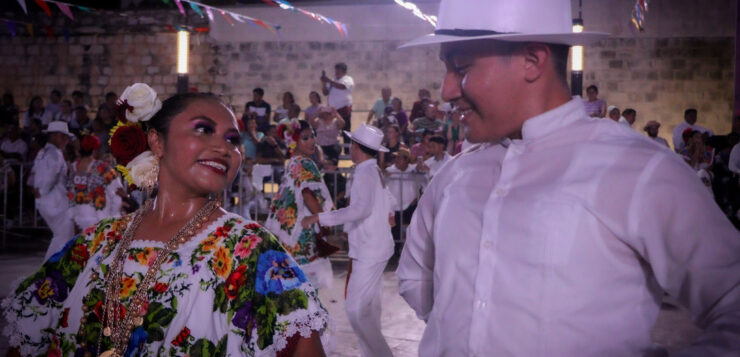The jarana dance and the party called vaquería are cultural practices of great importance for the inhabitants of Yucatán, Campeche and Quintana Roo, as they affirm their identity and give a sense of roots and belonging.
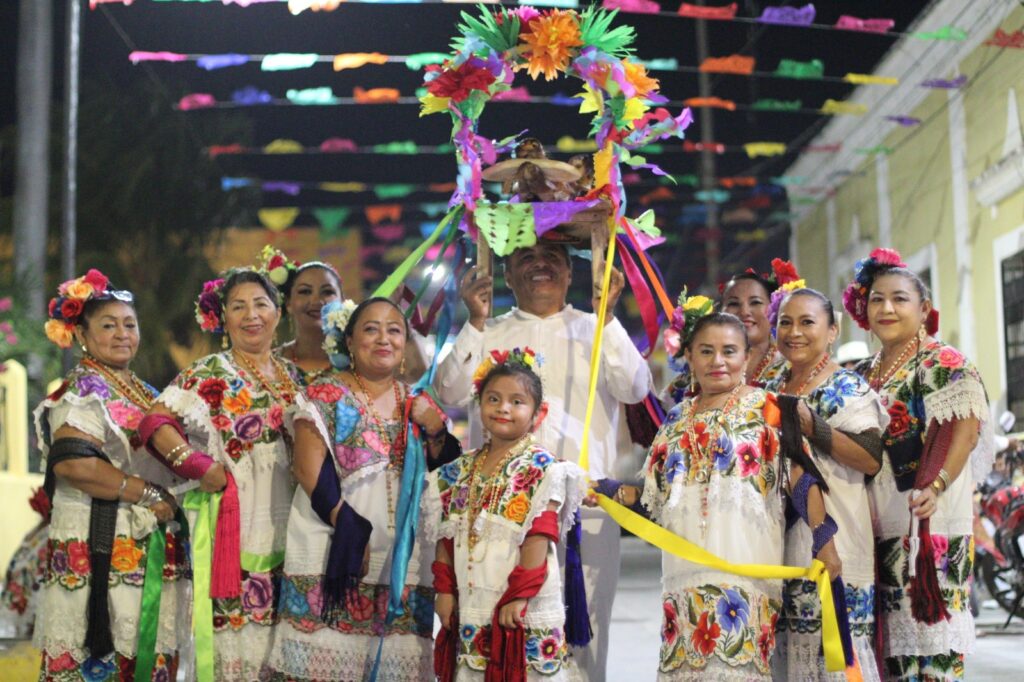
The festive atmosphere of the Mexican southeast is expressed between the hot climate and the surroundings of the culture with its landscape of flat jungles, the flavors of the food and the floral aromas that indicate the place where the celebrations take place. Thus, people are summoned by the explosion of fireworks to the site of the party, the vaquería, which in the regional vocabulary involves dancing, music and merriment in an atmosphere of fun where people come to continue documenting their collective memory.
“Hurry up, girls, we can already hear the rockets, the vaquería is starting!” This type of dialogue is common to hear among families, activities that announce the beginning of the festivities in honor of the Virgin of Candelaria. These anecdotes are numerous among the families that live on the Yucatan Peninsula, Mexico, although now it is the young people who encourage their parents and grandparents to attend these entertainments, manifestations of the peninsular tradition.
What came first, the jarana or the vaquería? How can we know exactly? What is certain is that one gives life to the other. They emerged in the Colonial era and almost always go hand in hand, they manifest themselves mainly in a context of popular Catholicism, that is, in the celebrations that are organized in honor of the patron saints of the communities and neighborhoods of the cities. These celebrations bring together a significant number of practitioners who not only fulfill a commitment to their religion, but also take advantage of the space to give free rein to their dancing skills and gallantry, showing off their richly made clothing, and it is even an opportunity to court or be courted.
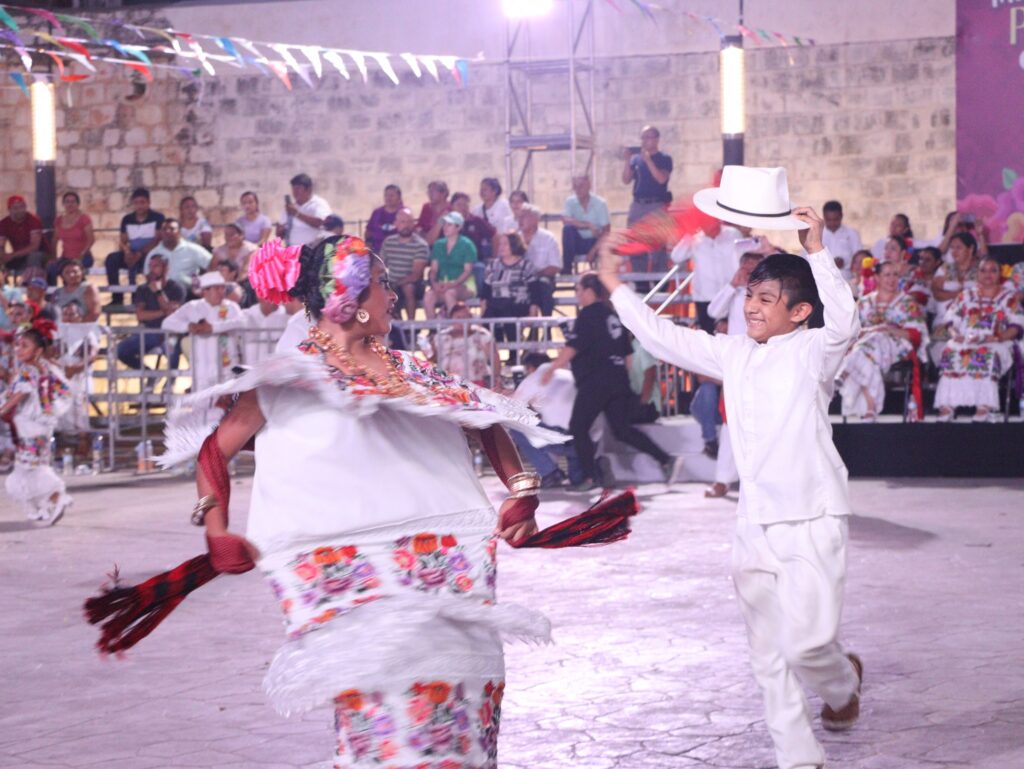
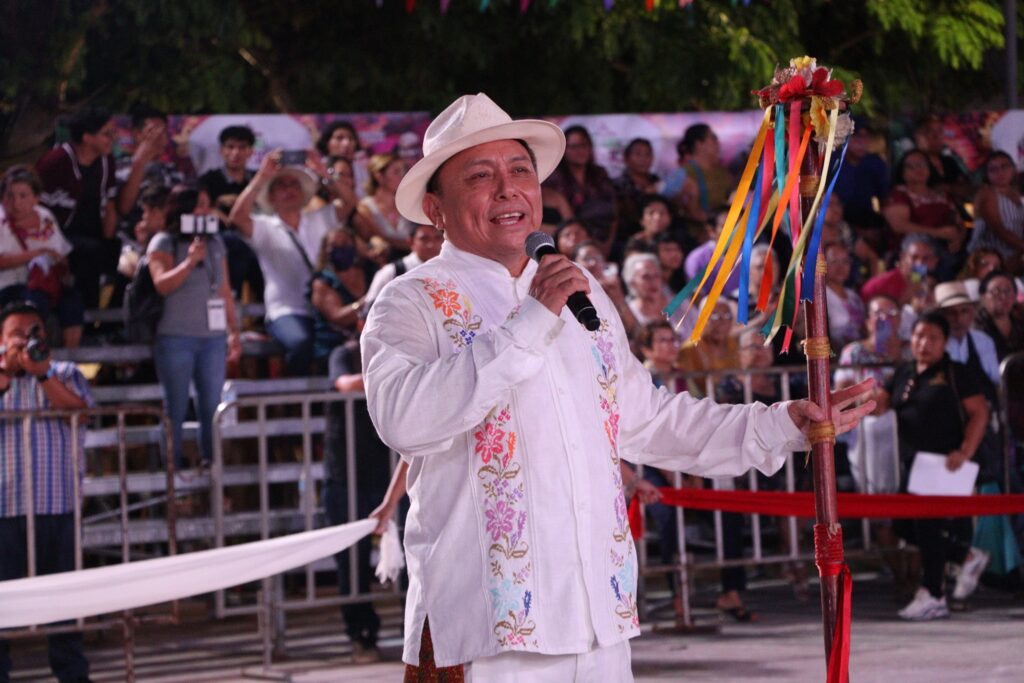
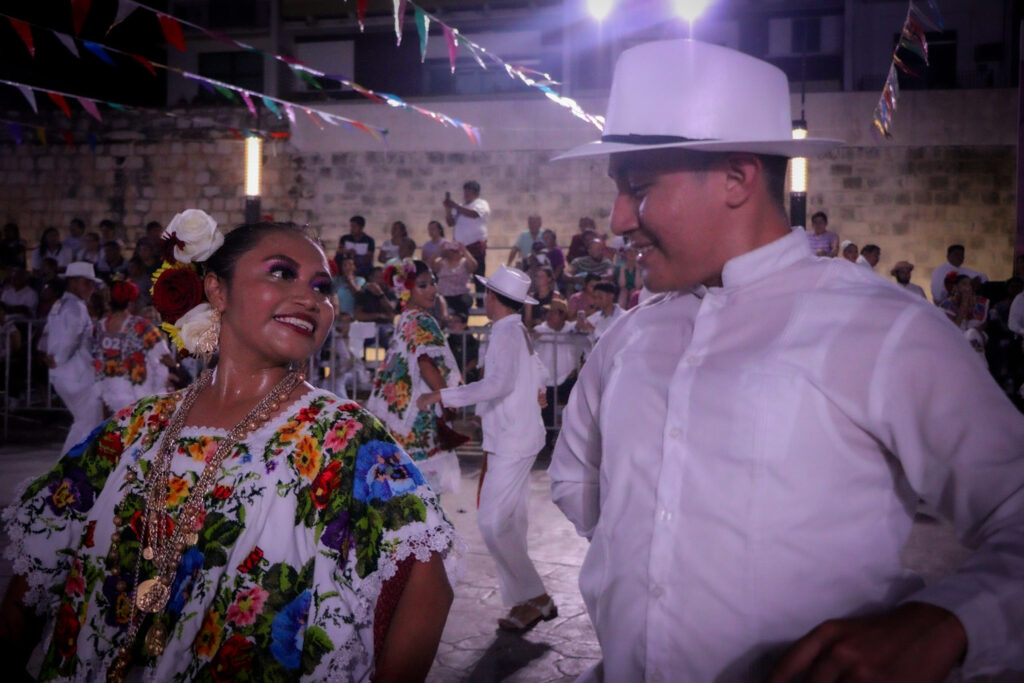
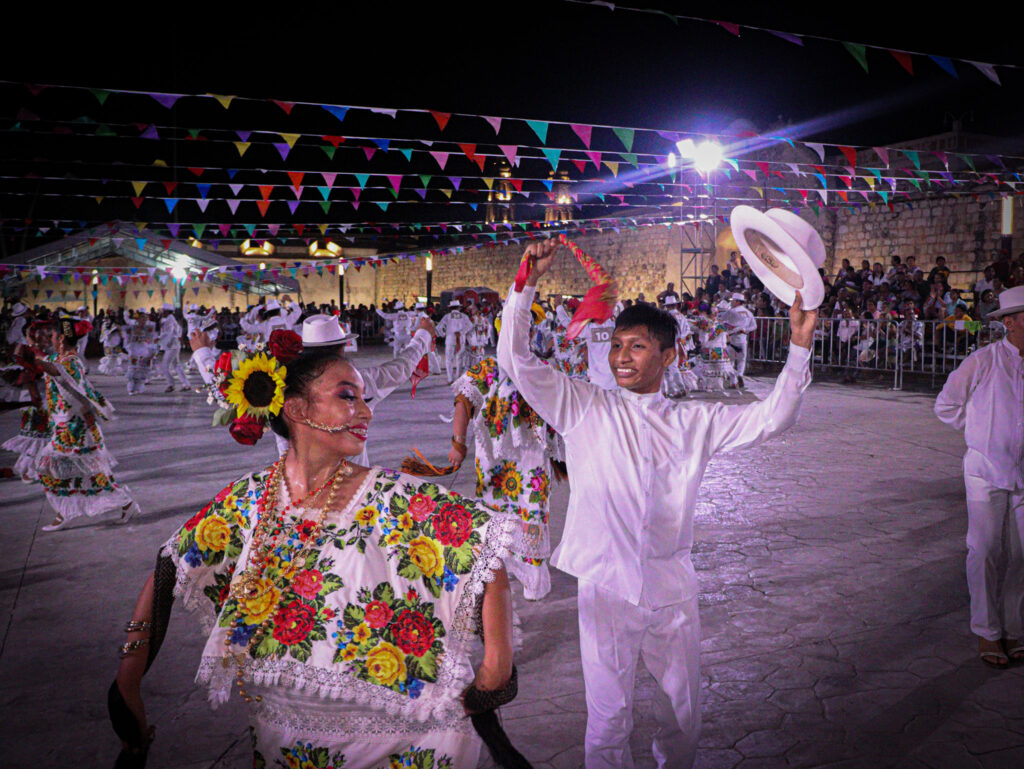
Despite the religious context in which they take place, the peninsular vaquerías are the most popular and striking aspect of the patron saint celebrations. They recall the nightly parties that the Spaniards living in this region organized to have fun. They appeared in the old haciendas when, at the end of the counting and branding of the cattle, the bosses invited family and friends to celebrate their prosperity. They were also offered to the laborers and peasants after a good harvest, because workers who took care of the cows, known as vaqueros, participated in the parties, and the women wore cowboy hats as part of their clothing, they began to be called vaquerías. In them, the indigenous people danced their traditional tunes, while at the same time imitating with great imagination the elegant forms of dance that they observed in their patrons.
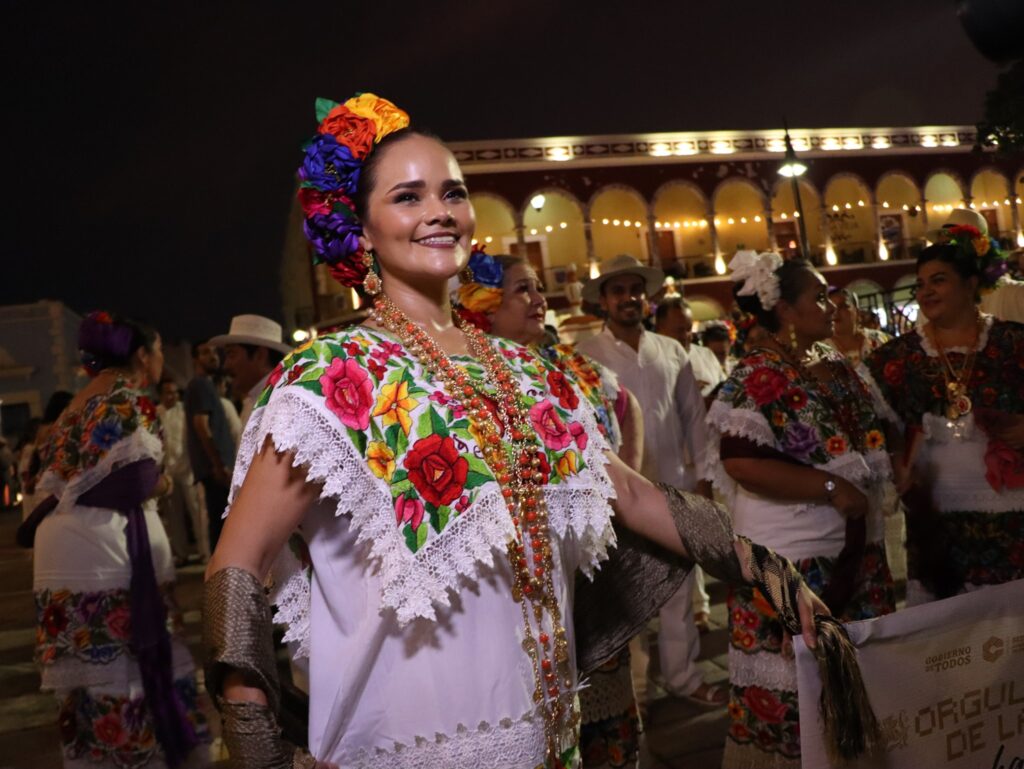
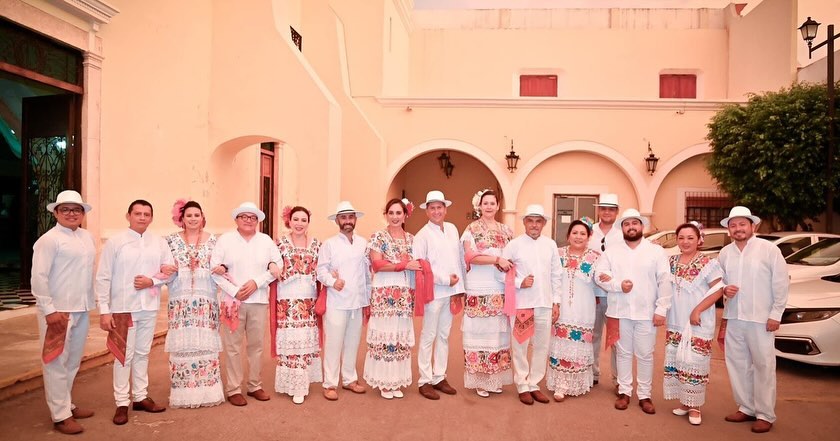
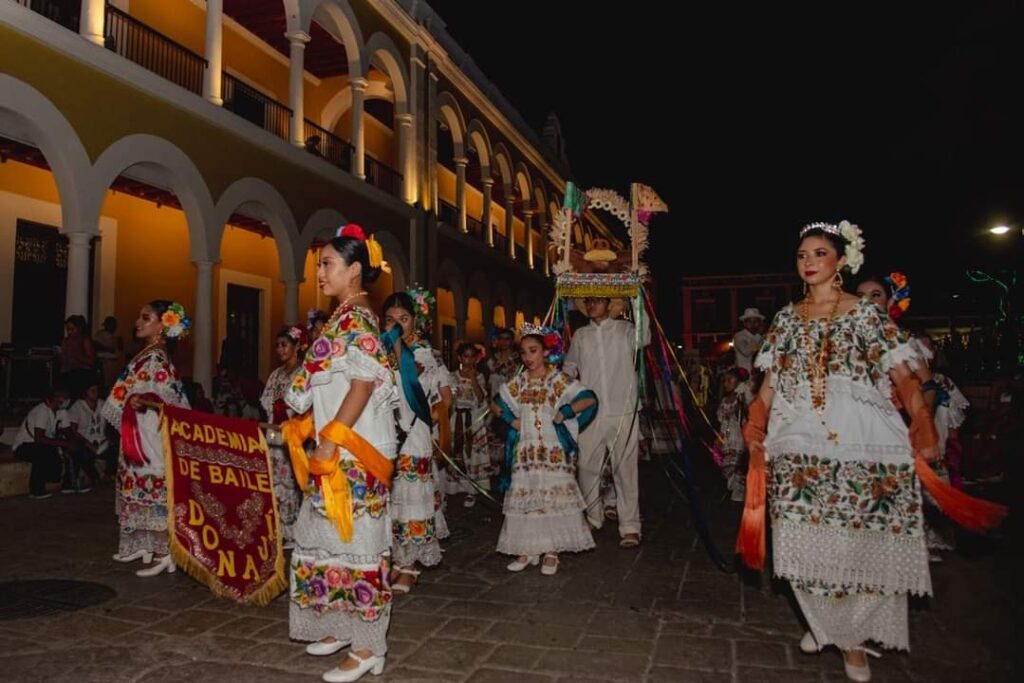
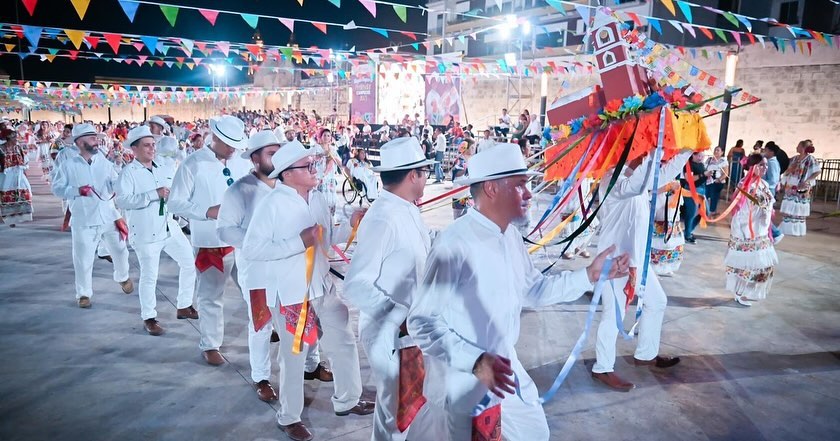
Over time, the economic activity of the region diversified with the rise of the henequen fiber industry, which, together with the Mayan insurrections, caused the decline of cattle raising and the haciendas saw their importance diminish. Despite this, the dance prospered, reproducing itself in various localities, which did not go unnoticed by the religious authorities, who encouraged its incorporation into acts of faith, specifically towards the patron saints of their parishes, celebrations that consisted of vows, offerings, processions and guilds, thus affirming the relationship between the sacred and the earthly world, a custom that is preserved to this day.
The call to a vaquería mobilizes numerous community contingents in an orderly manner. Participating in them, most of the time, demands compliance with protocols that are observed with respect: it begins with the roar of the “voladores” or fireworks, while the host called “Bastonero” welcomes the groups of dancers who, coming from other towns and led by their ambassadors, walk around the hall or terrace following the chords of a melody called Angaripola. Today, we find that some vaquerías, such as those in Campeche (Campeche), Ticul (Yucatán), Cancún and Playa del Carmen (Quintana Roo), begin with the interpretation of the dance of the pig’s head. Immediately after, the Bastonero asks the orchestra to play the musical piece Aires Yucatecos, and at the signal of his handkerchief, the men cross the space to take a mestiza by the arm and take her place on the dance floor to party.
The word jarana expresses fun and bustle, it is the term used to recognize the music and dances of the Yucatan Peninsula. It is the combination of the elegant Andalusian sones and seguidillas, as well as the Valencian and Aragonese jotas, interwoven with the simple dance forms of the Mayan Indians living on the haciendas and cities administered by the Spanish that emerged in the 16th century.
The 18th century saw the celebrations and parties organized to make life more pleasant in this region.
Jarana means three concepts linked to each other: music, dance and party; the three are inextricably linked and their presence is linked to the historical journey of the Yucatan Peninsula. Sometimes it is difficult to understand that jarana, as a living expression, is interpreted by different social groups, in both rural and urban places.
The steps or footwork of jarana have no owner, hence their charm. They are characterized by combining blows or steps of the metatarsal and heel with elevations, as well as crossing the legs in different directions and imitating the sound of Spanish castanets by snapping the fingers of the hands, movements with which the jaraneros mark the rhythm of the melody they are dancing. The distinctive mark is printed by the dancer who performs it, which shows his or her cultural heritage, gives an idea of the community to which he or she belongs, the way in which this knowledge was transmitted to him or her, as well as his or her mood and character.
The jarana is played by two types of musical groups: the jarana orchestra and the charanga. The difference between the two consists of the type of instruments that compose them: trumpets, flutes, clarinets, saxophones, güiros or raspabuches, snare drum, bass drum, timpani, tenors and electronic instruments such as drums, bass, guitar and organ. A jarana orchestra can contain up to 20 musicians, and when “great” vaquerías are organized, it is necessary to have at least two groups of this type that play in half-hour shifts. However, a charanga can be made up of four to six musicians, and because it is easier to transport and less expensive to hire, it usually accompanies processions, guilds, the dance of the pig’s head, bullfights and, on some occasions, the prayers known as novenarios.
During the vaquerías the dancers show off their creativity and skill, displaying their best and most complicated steps; some claim to have mastered more than a hundred different combinations and for this reason they also participate in contests that, judged by experts, validate their merits and award them monetary prizes. The orchestras play in series of four to five melodies that can be prolonged if the jaraneros resist, and they regularly do so until dawn. One of the most popular and eagerly awaited pieces is the Chinito Koy Koy, a melody that makes the timpani vibrate in a six-eighth rhythm (six eighths of a beat). The end of the vaquería is announced with the interpretation of the jaleo song called Torito, which alludes to bullfighting, in which the woman pretends to be a bull trying to attack the man or bullfighter.
Jarana is also danced at family celebrations, which sometimes become domestic vaquerías.

